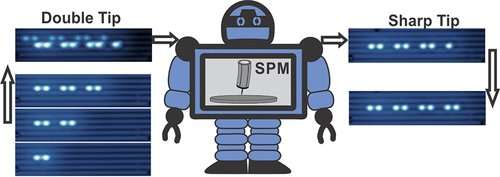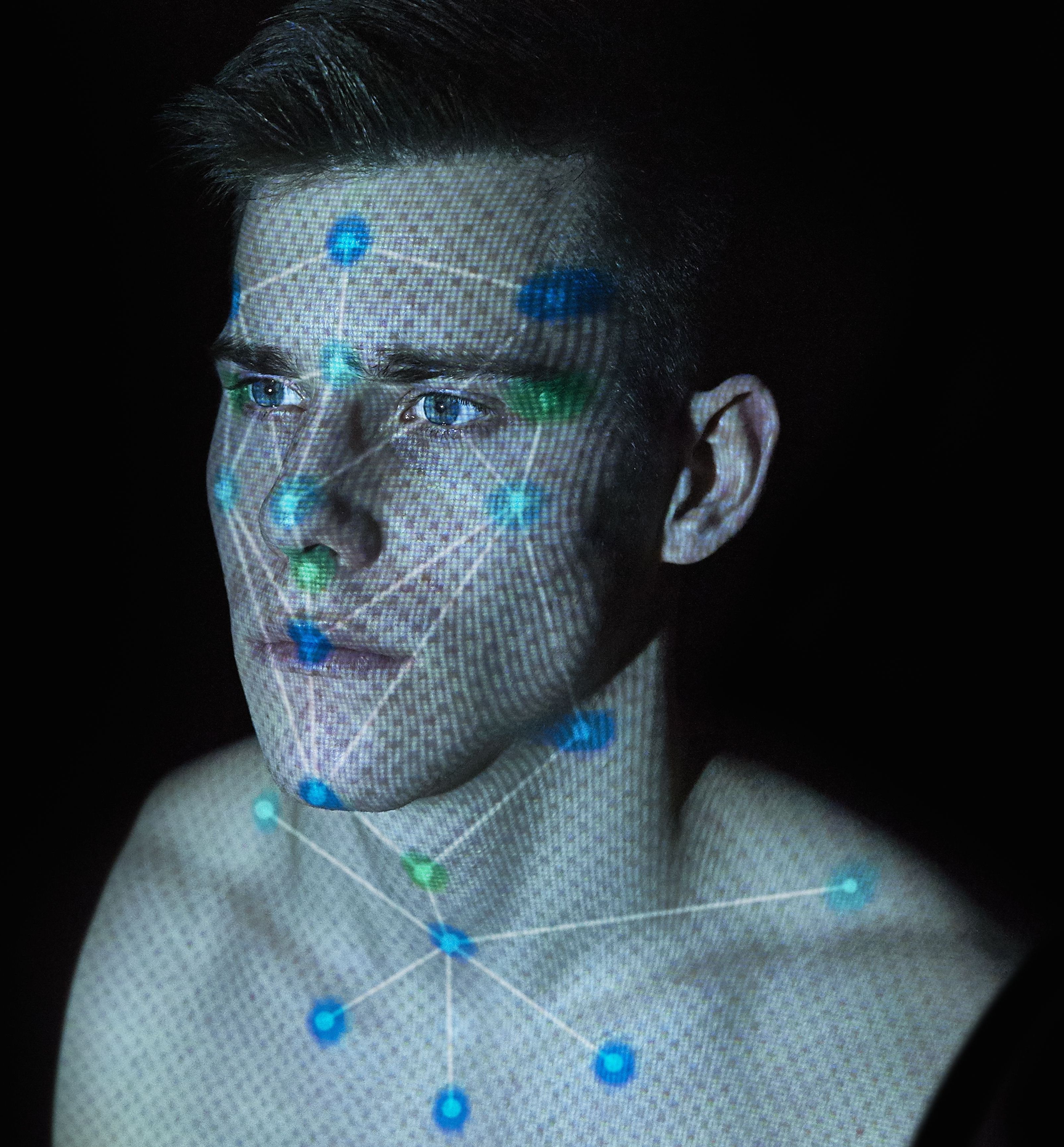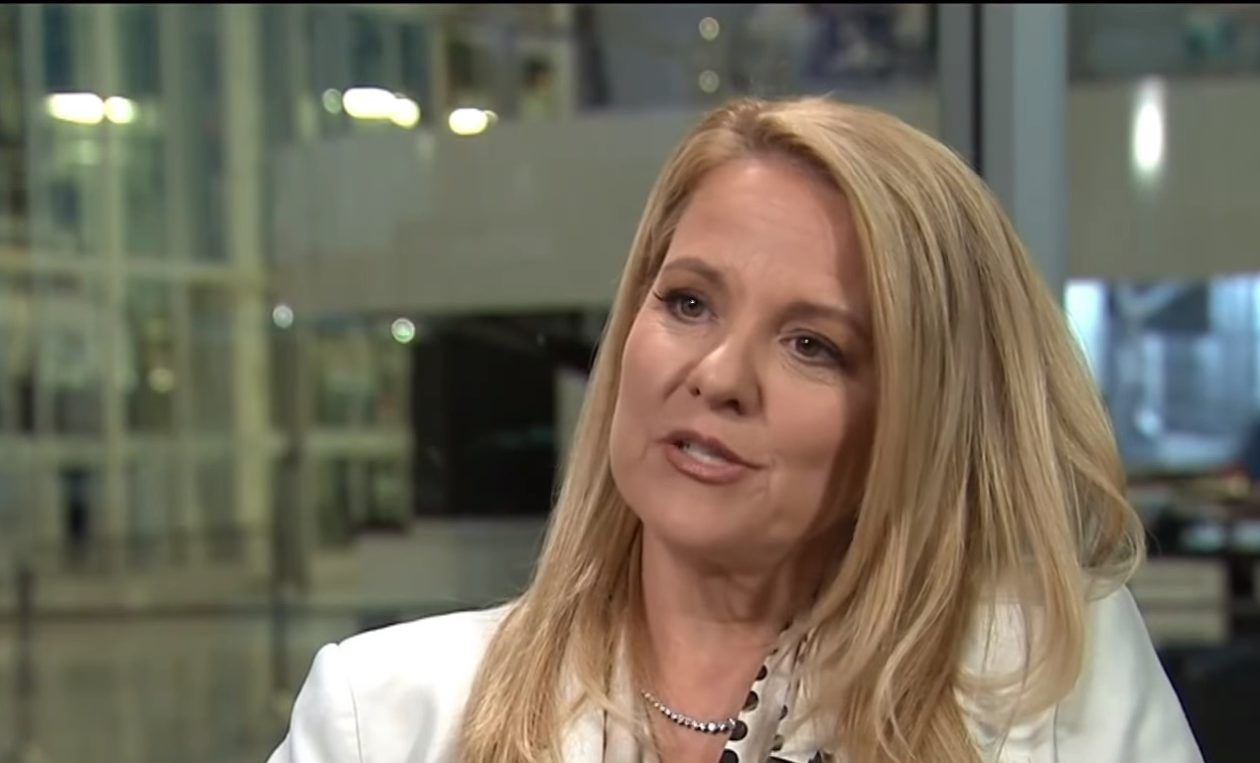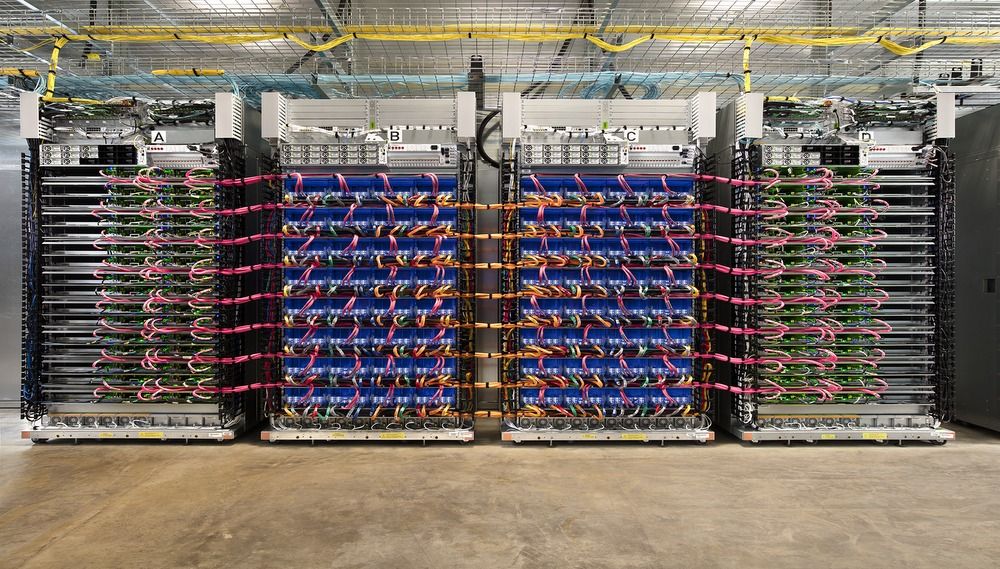Despite this, a regular ritual of hype and hysteria is now built into the news cycle. Every now and again, at some huge auditorium, a senior staff member at one of the big firms based in northern California – ordinarily a man – will take the stage dressed in box-fresh casualwear, and inform the gathered multitudes of some hitherto unimagined leap forward, supposedly destined to transform millions of lives. (There will be whoops and gasps in response, and a splurge of media coverage – before, in the wider world, a palpable feeling of anticlimax sets in.)
It’s years since Silicon Valley gave us a game-changer. Instead, from curing disease to colonies on Mars, we’re fed overblown promises, says Guardian columnist John Harris.









